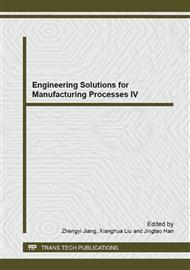p.1604
p.1609
p.1613
p.1617
p.1621
p.1625
p.1630
p.1634
p.1638
Relation between Sulfate Reducing Bacterium and Environmental Factors in Petroleum Hydrocarbon-Contaminated Site
Abstract:
The sulfate reducing bacterium (SRB) diversity of all samples were analyzed by PCR-DGGE technology and the Shannon-Wiener indexes (1.004-3.665) of all the samples were calculated. The results showed that the abundances, advantages and evenness of the sulfate-reducing bacterial community of all the samples showed certain change regularity along the pollution halo direction. The results of CCA analysis showed that the distribution and structure of sulfate reducing bacterium communities showed obvious correlation with the concentration of TPH, DO and other environmental factors.
Info:
Periodical:
Pages:
1621-1624
Citation:
Online since:
February 2014
Authors:
Price:
Сopyright:
© 2014 Trans Tech Publications Ltd. All Rights Reserved
Share:
Citation:


